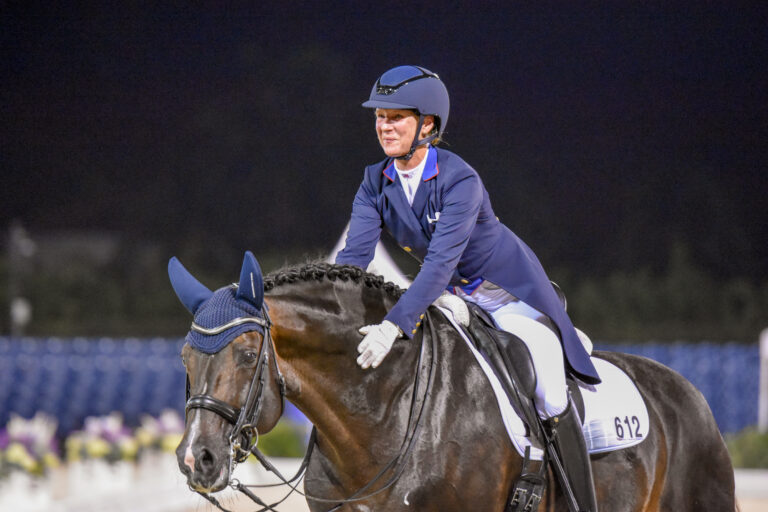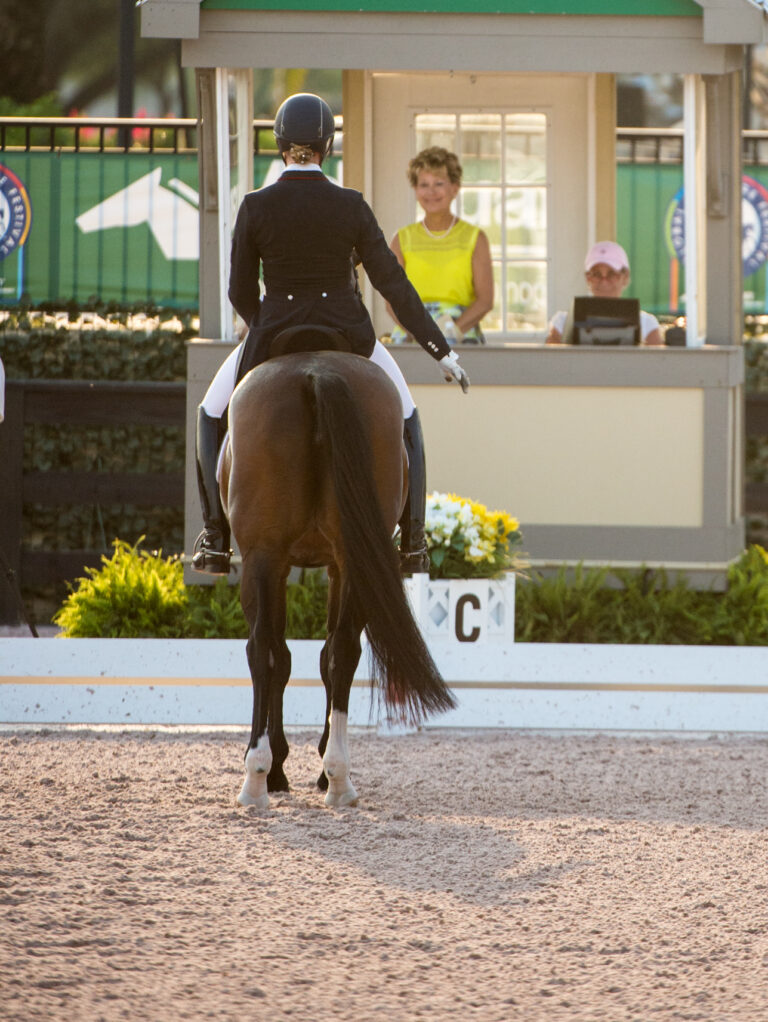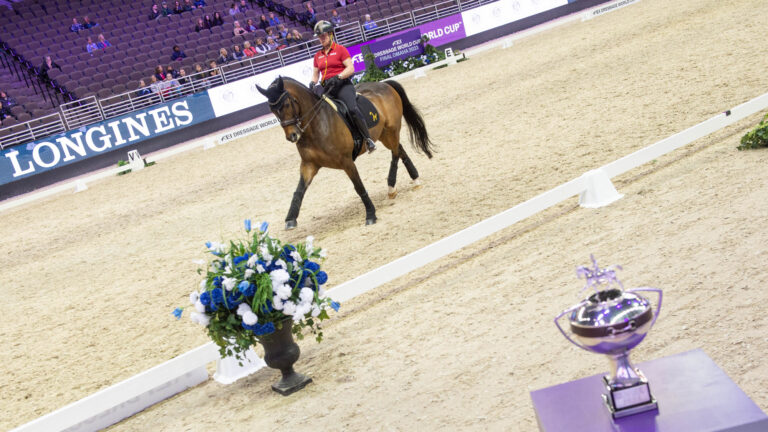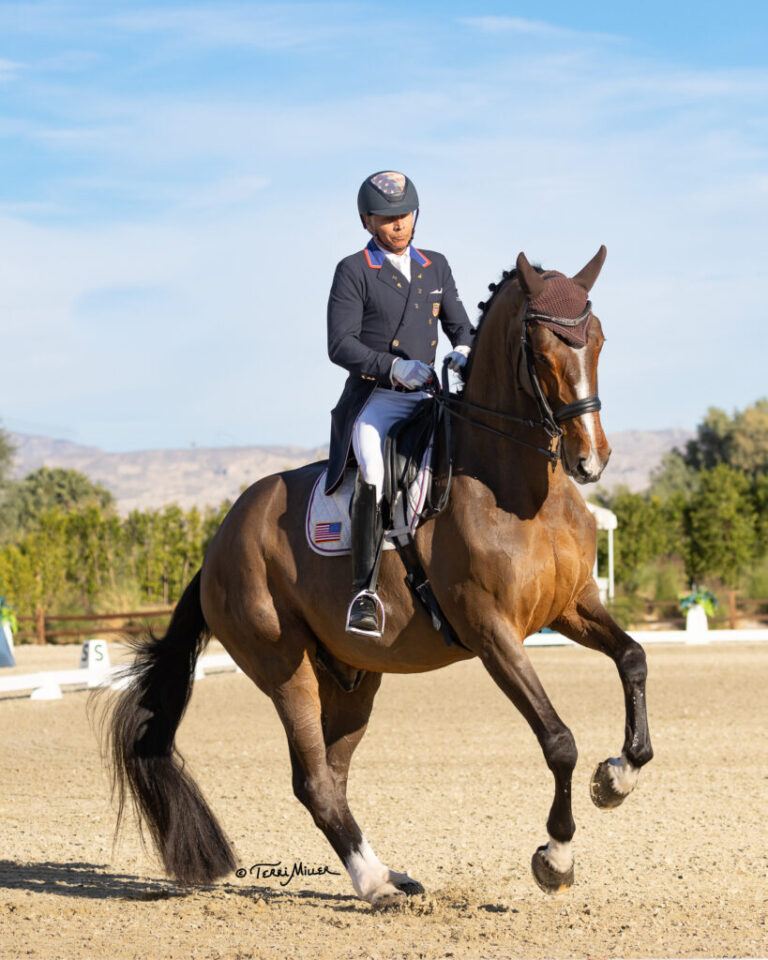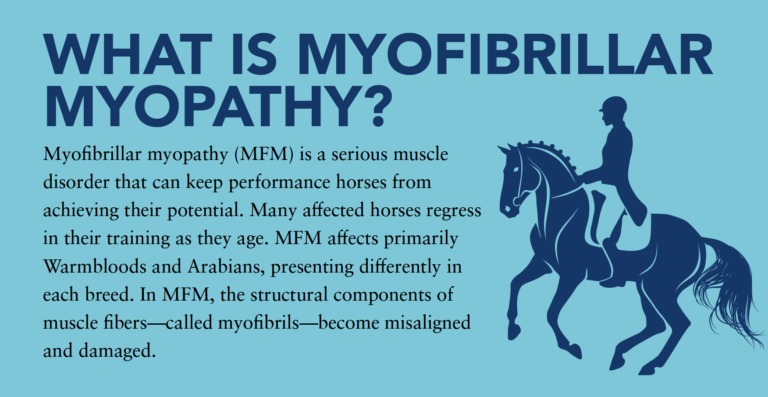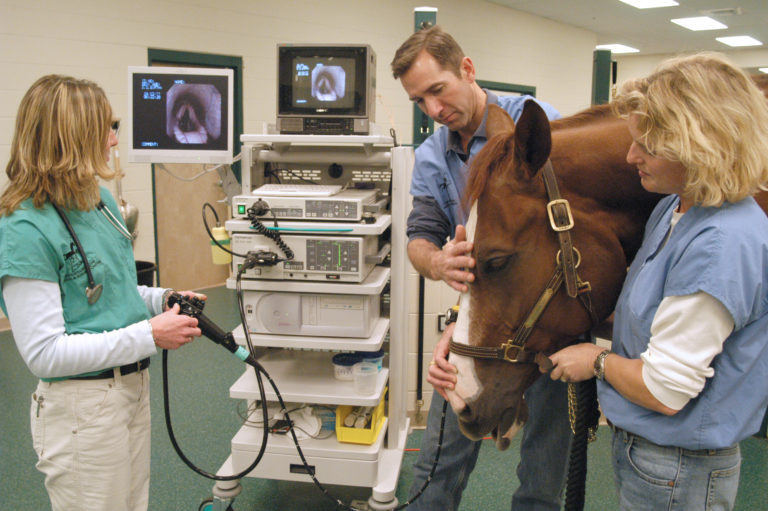With modern-day veterinary medicine and coaches, trainers and riders who understand the importance of a structured training program, many horses in the sport of dressage manage to compete well into their late teens. How are these horses cared for and what can be done to keep them at their best? Richard D. Mitchell, DVM, of Newtown, Connecticut; U.S. Olympian Hilda Gurney, of Moorpark, California; and FEI trainer Felicitas von Neumann-Cosel, of Woodbine, Maryland, weigh in on proper health care and maintenance for the senior horse.
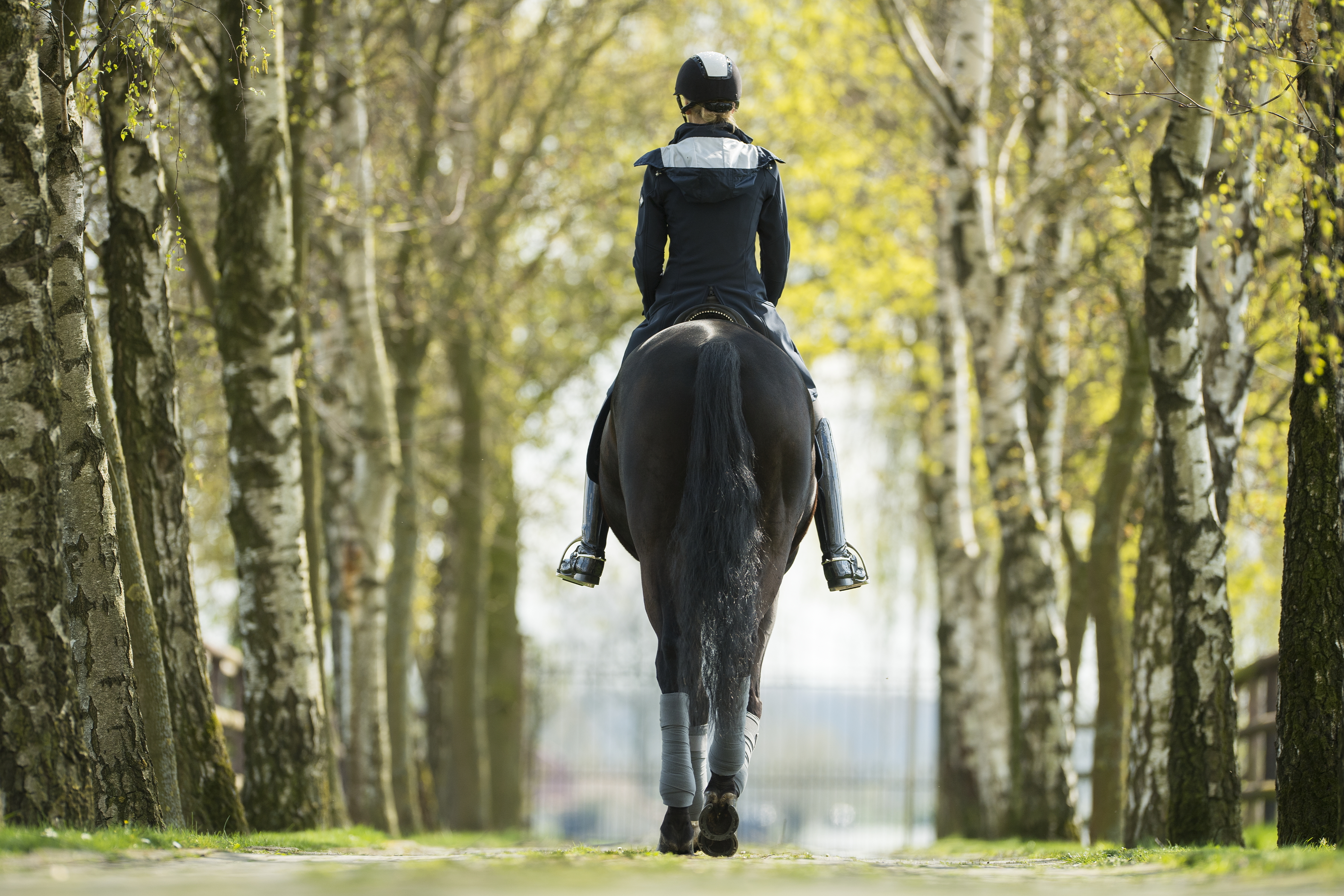
1. Focus on correct basic training. If a horse (senior or not) is actively competing, a tailored training and fitness program is imperative for keeping him sound and healthy. Von Neumann-Cosel recalls a 20-year-old Grand Prix jumper she rehabbed. The horse had been treated for navicular problems but she found that a certain approach in her riding and training helped resolve the lameness. For her, good basic training is the most important element in keeping a horse young.
With all of her horses, von Neumann-Cosel focuses on developing the natural gaits, trying to improve regularity and power to create flow with symmetry. This means keeping the horse moving lightly, softly and with lots of spring, but not so much as to push the horse beyond his limitations. This is only possible when the horse achieves self-carriage, which comes from a swinging back and an engaged core. For her, lateral suppleness is key to this, and she uses it as a way to challenge and strengthen the horse’s abdominal muscles.
“Sitting trot is overrated,” she says. “I can practice most things in the rising trot. I also do a lot of canter in two-point to help keep the horse’s back free and moving.” Von Neumann-Cosel’s training program focuses on creating an athlete through suppleness and strength in the horse’s body. She limits how much she schools actual movements unless certain exercises improve the horse’s way of going. She feels that a horse who bends and is able to extend and collect with balanced transitions will never need to drill movements. With this approach she kept her last Grand Prix horse competing for many seasons. Years later, he still moves beautifully and sound and plays occasionally with the movements.
2. Incorporate variety in the workload. Von Neumann-Cosel also incorporates hill work, cavaletti work and jumping to maintain the horse’s fitness and to challenge his intellect. Similarly, Mitchell believes under-saddle work should be varied from day to day and never be repetitive, as that tends to create recurring trauma to joints, tendons and ligaments in older horses.
3. Maintain mental engagement. A varied training schedule is not only important for health and fitness purposes, but also for keeping horses genuinely interested in work and mentally sharp. Von Neumann-Cosel says, “I see too many horses with the look of ‘What’s for dinner?’ in their eyes rather than a genuine enthusiasm for working.” Older horses in her training program are worked five days a week. “In general, the horses do not get more than two intense rides in a row and they have a day of trail riding or work in the field. With some intuition one can feel how much the horse can work and how much recovery time is needed,” she says.
4. Stick to a schedule. Gurney says maintaining senior horses is often a matter of common sense. She has two older schoolmasters. The first is Winston Churchill, a 24-year-old Oldenburg gelding, and the second is Willa, a 30-year-old Hanoverian mare by Werther. Both are fit and regularly ridden. Her secret to keeping them sound and healthy is a strict adherence to a schedule. Neither horse competes, but they continue to school the Grand Prix movements. They are worked six days a week, but the training sessions are neither long nor particularly demanding.
Gurney foaled Willa, and 30 years later, the mare still schools one tempis and extensions. Both of Gurney’s horses are given only one day off so they continue to move around.
For the older horse, in particular, von Neumann-Cosel says a long walk before and after a workout is key.
Mitchell says, “Proper warm-up is most important in the older horse. Often these horses start like a diesel truck and take a while to loosen up. Giving such horses a long walk warm-up and including some lateral exercises, such as shoulder and haunches-in and walking half-passes, will help them loosen up while strengthening core muscles. These movements can also be included in trot work every other day to strengthen core musculature.”
5. Keep him moving. It is essential for the horse to move to maintain strength and flexibility.
Even outside of her horses’ work, Gurney likes them to have the ability to move. Willa, in particular, is housed in a 30-by-30-foot stall so she has plenty of room to be comfortable. The key for Gurney, however, is adequate turnout for the horses so they are continuously moving around, avoiding stiffness.
Mitchell also says that older horses should be out of their stalls as much as possible. A few options he suggests are regular turnout, hand-walking, a walker and longeing (although not performed in excess). This will help maintain foot, tendon and ligament health as well as the horse’s overall mental and physical health. According to von Neumann-Cosel, turnout is a key component in keeping her older horses happy, but she monitors the weather and temperatures to avoid exposing the horses to extreme elements.
6. Minimize competitive stress. In terms of competition, von Neumann-Cosel says she tries to minimize the number of competitions to qualify for championships and she tries to minimize the number of championships she attends too. She adds: “The older horses, in particular, should have enough time to recover from trailering and competing.”
7. Maintain an appropriate diet. Especially in older warmbloods, monitoring and maintaining an appropriate diet is key. As they age, warmbloods become more prone to metabolic disorders such as equine Cushing’s disease (read “When Dressage Horses Get Cushing’s Disease” on p. 58). For the active senior horse, Mitchell recommends using a feed with moderate protein (11 to 12 percent) and fat for energy (9 to 11 percent). He says, “Higher-fiber diets [17-plus percent] provide a source of structural carbohydrate that can be used for bacterial fermentation, converting fatty acids in the colon for energy production.” This dietary approach supports horses who are insulin resistant and mimics the natural diet that horses were originally created to digest.
Most reputable feed companies balance their grains with vitamins and minerals so that minimal supplementation is required. This is particularly true if the feed is fed with quality hay. According to Mitchell, older hay sources lose some vitamins, so supplementation may be useful. Vitamin E is often depleted with prolonged storage, and some horses may not absorb it well, so supplementation with a water-soluble form may be very helpful.
Gurney feeds a grain made for broodmares to all horses, except those with metabolic issues. It is supplemented with selenium, copper and zinc. For those who need more energy, she adds oats to the feeding regime. Some of her older horses are fed a supplement to assist with any metabolic issues, in which case the oats are eliminated from their diet. A few of her older horses are also fed beet pulp to help maintain a healthy weight.
8. Support joint health. Joint health is particularly important within the context of senior horses. Mitchell says that owners and riders need to avoid chronic trauma, as it contributes to joint disease. This means avoiding heavy work in large doses. Frequent and heavy workloads increase the force on joint surfaces, which results in many of the common joint issues seen among performance horses.
A refined work program that is balanced and considerate of the horse, his limitations, age and fitness will help prevent any unnecessary pounding and force on the joints.
A shoeing program can have a big effect on a horse’s joint health and soundness. Improper shoeing can lead to unnecessary and harmful pressure on certain ligaments, tendons and joints, which could result in lameness or more serious injury.
Along the same lines, good footing is proven to reduce joint trauma. Surfaces that are neither too deep nor too shallow and mixed with appropriate materials are key components of an ideal footing surface.
Mitchell also recommends certain maintenance products that can aid in joint health. He says, “Adequan® can reduce the effects of enzymes that accumulate with training trauma. Oral nutraceuticals may be of limited benefit, and I generally recommend Cosequin ASU Plus, which does contain a product proven to be anti-inflammatory—avocado-soy—and another—MSM—which is often lost from feed during storage and is thought to be important in the maintenance of joint health.”
Gurney also utilizes Adequan®, particularly for the older horses who are more arthritic. Von Neumann-Cosel also recommends injectable hyaluronic acid, for example Legend or Adequan® and finds it more beneficial than oral supplements.
9. No hoof, no horse. Hoof health is a complex topic. First and foremost, correct trimming and/or shoeing techniques performed on a regular schedule by a knowledgeable farrier are critical. Hoof health is also based on good nutrition, clean stalls and paddocks and proper daily foot care. Environments that are excessively wet or dry can be detrimental to a horse’s hoof health. In terms of nutrition as it relates to hoof care, Mitchell suggests monitoring feed quantities and schedules to avoid overfeeding. “A good plan of nutrition without excessive feeding provides the building blocks for healthy hoof keratin and laminar health,” Mitchell says.
Most owners know that horses require regular trimming and/or shoeing schedules. Typically, horses who are barefoot will naturally trim their hooves on outdoor terrain.
Performance horses, however, typically must adhere to a shoeing schedule of every four to six weeks. Going any longer, according to Mitchell, can allow for issues to develop and accumulate.
He adds, “Some horses do very well barefoot on softer, less abrasive footing, but the training surface may be a factor in determining if shoes are appropriate in other cases. Such horses still need to be periodically maintained and trimmed to manage balance and break over.”
10. Utilize additional support. Mitchell recommends the use of cold therapy, particularly if the horse is recovering from an acute injury. Cold therapy aids in reducing swelling and it minimizes hemorrhage and enzymatic activity related to tissue trauma. (See “The Benefits of Cold Therapy”) It is beneficial following normal exercise as well, regardless of how hard the horse was worked. Icing, for instance, reduces edema formation. He adds, “Following the acute injury phase, alternating cold and heat accompanied by support (proper leg wraps as in cotton and flannel wraps or quilts applied evenly for confluent support for the lower limbs and reapplied twice daily) can enhance local metabolism and augment the body’s own natural healing mechanisms. Massage and heat are beneficial in the more chronic phases of healing to enhance blood flow and tissue fluid resorption. Therapeutic devices such as laser, pulsating magnetic therapy, and ultrasound therapy units simulate the effects of heat in part and can enhance healing efforts if appropriately used. These can be used pre-exercise and cold therapy and support can be applied post-exercise to help maintain tight legs.” Using cold therapy in excess, however, can prevent the body from utilizing its natural healing processes and damage tissue, Mitchell warns.
Von Neumann-Cosel uses a TheraPlate—a vibrating therapy plate that horses stand on—saying she truly feels a positive difference after the horses have been on it. She says she would love to have a treadmill, and recognizes its value in a fitness and training program, but knows it is considered a luxury to have in the barn. If there is enough time, von Neumann-Cosel uses Equine Hanna Somatics body work for her older horses, as she has found it to be very beneficial. She adds that regular, good body work can be very helpful.
In her horses’ work, Gurney likes to use boots and wrapping styles that help support the horse’s tendons and ligaments. First, she uses a wrap similar to a Saratoga bandage, but the name varies from brand to brand. These kinds of wraps are made with a polo wrap as a base layer and then an elastic bandage that wraps around the polo. Gurney then uses sport medicine boots over the wrap, such as the Professionals Choice boot set; with one strap that cups the fetlock and pasterns, giving support to the suspensory ligaments, which helps with horses who struggle with suspensory issues. After the horses are worked, Gurney uses a massage pad for 20 minutes and she has body work performed at least once a week on all of her competition horses.
Gurney emphasizes that maintaining an older horse is simply a matter of common sense and proper decision making. Horses should be kept in light to moderate work and should never be over stressed. She says that a senior horse is just like an older person: “the knees and hips hang in there, but we wouldn’t want to run a marathon.” She adds, “You can’t demand as powerful of work that you would from a younger horse.”
With the exception of a few training and nutritional modifications, the senior horse, particularly if he is competing, should be treated like any other performances horse, with attention to good, basic equine management practices. Senior horses are just athletes with bodies who have seen a few more trailers, traveled a few more miles and experienced a few more shows, but very often, they still have plenty left to give.
Richard D. Mitchell, DVM, MRCVS, is part owner of Fairfield Equine Associates in Newtown, Connecticut. Until February 2017, Mitchell served as the United States Dressage Team veterinarian for the last 14 years. He is actively involved in the United States Equestrian Federation (USEF), American Association of Equine Practitioners Foundation and is a diplomate for the American College of Veterinary Sports Medicine and Rehabilitation.
Hilda Gurney, renowned rider and trainer and former U.S. team rider, earned team bronze at the 1976 Olympics in Montreal and later represented the United States at the 1984 Olympics in Los Angeles.
Originally from Germany, Felicitas von Neumann-Cosel is an established and successful Grand Prix rider, trainer and clinician. She is based in Woodbine, Maryland, where she resides as head trainer at First Choice Farm.


